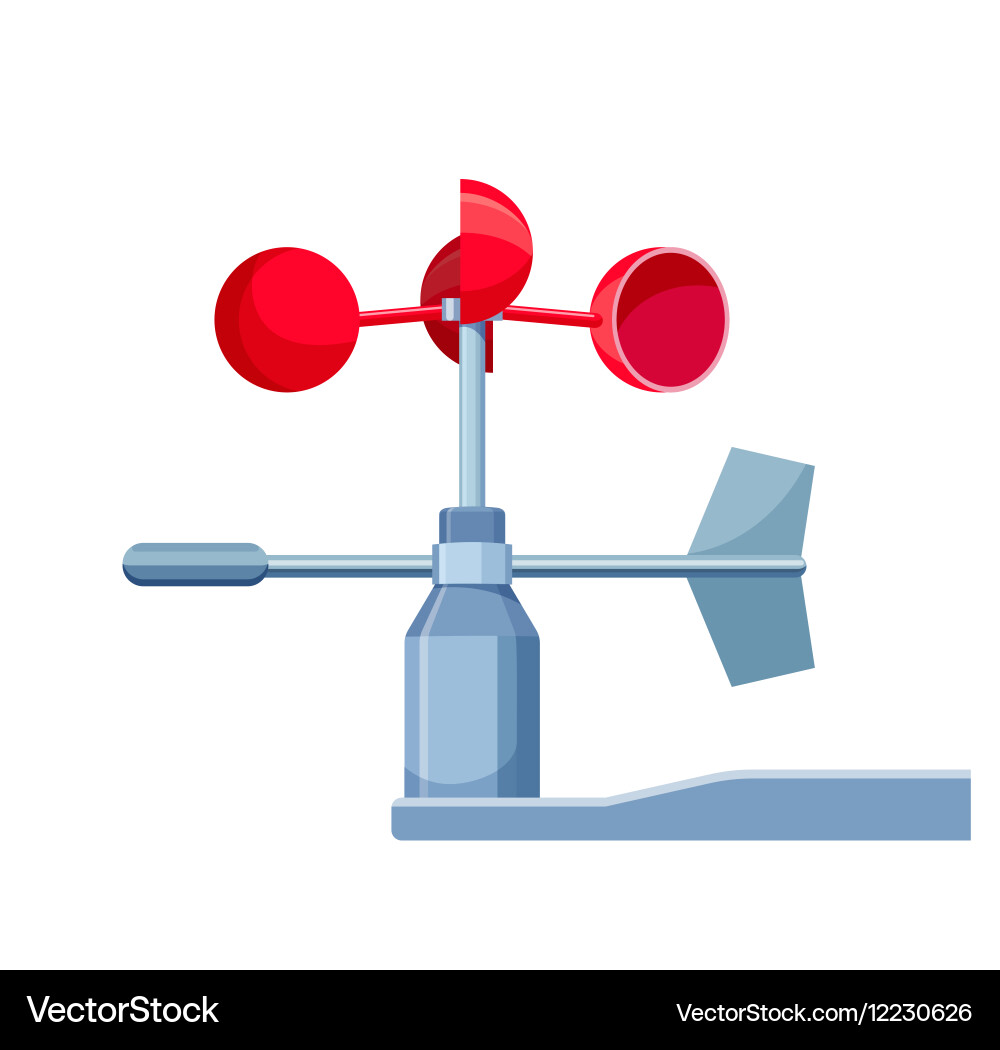Contrasting Digital and Mechanical Anemometers: Which is Right for You?
Contrasting Digital and Mechanical Anemometers: Which is Right for You?
Blog Article
Discovering the Features and Benefits of Anemometers for Weather Condition Lovers and Experts
From mug anemometers to sonic anemometers, each type brings its distinct set of applications and advantages, dropping light on different facets of climatic conditions. As we dig right into the features and benefits of anemometers, a deeper understanding arises not just of prevailing climate sensations but likewise of the broader effects for industries like wind power production and ecological research.
Significance of Anemometers in Weather Monitoring
Anemometers play a vital role in weather condition monitoring by providing precise measurements of wind rate, assisting in forecasting and understanding weather condition patterns. These tools, ranging from typical cup anemometers to contemporary ultrasonic anemometers, are crucial for meteorologists, scientists, and weather condition fanatics alike. By measuring wind speed, anemometers aid in establishing the intensity of weather condition phenomena such as storms, storms, and twisters. Furthermore, they supply beneficial information for aeronautics, maritime operations, and numerous markets that are sensitive to wind problems.

Kinds Of Anemometers and Their Applications
The most usual types of anemometers include cup anemometers, vane anemometers, hot-wire anemometers, and ultrasonic anemometers. Mug anemometers consist of three or four cups installed on horizontal arms that revolve with the wind, measuring its speed. Vane anemometers, on the various other hand, use an easily rotating vane to line up with the wind direction, providing both wind rate and direction measurements.
Cup anemometers are robust and ideal for general climate monitoring, while vane anemometers are favored for directional measurements. Ultrasonic anemometers are non-intrusive and provide high precision, commonly made use of in study and specialized weather tracking applications.
Advantages of Using Anemometers in Projecting
In weather forecasting, the usage of anemometers provides important benefits for improving the precision of climate forecasting. Anemometers measure wind rate and instructions, offering important data for forecasting climate patterns. By including wind data into projecting designs, meteorologists can much better recognize the movement of weather condition systems, expect changes in weather, and issue a lot more accurate projections.
Furthermore, anemometers play an essential duty in examining potential climate dangers. Checking wind rates helps forecasters forecast serious weather occasions such as storms, twisters, and winter storms with greater accuracy. This very early caution system makes it possible for authorities to issue timely informs and apply essential precaution, reducing the risks to life and property.
In addition, anemometers aid in enhancing sustainable energy manufacturing. By evaluating wind patterns, meteorologists can recognize ideal places for wind farms and predict energy output, adding to the effective generation of wind power.

Anemometers in Wind Power Manufacturing
Offered the vital role anemometers play in giving precise wind information for weather projecting and risk evaluation, their significance reaches the visit here realm of wind power manufacturing. Anemometers are essential instruments in the area of wind power, where the measurement of wind rate and instructions is critical for determining the expediency and performance of wind generator setups. By accurately measuring wind speeds at differing elevations, anemometers help optimize the positioning and style of wind turbines to maximize power outcome.
In wind farms, anemometers are purposefully positioned to accumulate real-time wind data that is used to examine the prospective power manufacturing of a site. This data is important in determining the financial viability of wind power projects and in projecting power click over here generation to make sure grid stability. Furthermore, anemometers aid in monitoring wind conditions to maximize generator performance, protect against damages from high winds, and guarantee the safety and security of personnel operating in the location of wind turbines.
Enhancing Climate Understanding With Anemometers

Anemometers play a key function in boosting our understanding of microclimates. These local weather can vary substantially from wider local forecasts, making it vital to have exact information for specific areas. anemometer. By tactically placing anemometers in numerous locations, researchers can collect in-depth information on just how wind acts in different surfaces, see this page urban atmospheres, or bodies of water
Moreover, anemometers add to improving weather forecasting models by supplying real-time information on wind behavior. This info is particularly beneficial for anticipating extreme weather condition occasions, maximizing farming practices, and sustaining sectors like aeronautics and maritime navigation. Overall, anemometers are vital instruments that allow us to dig much deeper into the complexities of weather systems, eventually bring about even more better-informed decisions and accurate forecasts.
Verdict
In conclusion, anemometers play an essential function in weather surveillance and projecting by determining wind rate and direction. Anemometers also have applications in wind power production, further highlighting their value in both weather forecasting and renewable energy sectors.
From mug anemometers to sonic anemometers, each type brings its unique collection of applications and advantages, shedding light on different aspects of atmospheric conditions. These instruments, varying from traditional mug anemometers to modern-day ultrasonic anemometers, are necessary for meteorologists, researchers, and weather condition fanatics alike. The most common kinds of anemometers include mug anemometers, vane anemometers, hot-wire anemometers, and ultrasonic anemometers. Mug anemometers are suitable and robust for basic climate surveillance, while vane anemometers are preferred for directional dimensions. Anemometers are vital instruments in the area of wind power, where the measurement of wind rate and instructions is vital for figuring out the feasibility and efficiency of wind generator installments.
Report this page